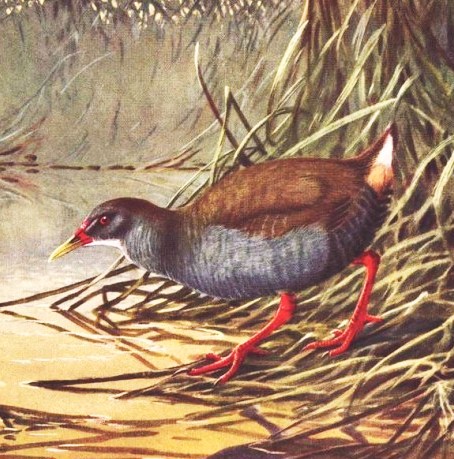Facts About Zapata rail
The Zapata rail is a critically endangered bird native to the wetlands of the Zapata Peninsula in southern Cuba. Discovered in 1927 by Spanish zoologist Fermín Zanón Cervera, it is the sole member of its genus, Cyanolimnas. This distinctive bird is characterized by its brown upperparts, greyish-blue underparts, red-based yellow bill, white undertail coverts, and striking red eyes and legs. Due to its short wings, the Zapata rail is nearly flightless.
Our knowledge of the Zapata rail's diet and reproductive habits remains limited. However, it is clear that the species faces significant threats. Key concerns include habitat loss, a small population size, and predation by introduced mammals and catfish. The expanding tourism industry and the effects of climate change further exacerbate these threats. The Zapata rail's taxonomy was initially described in 1927 by American herpetologist Thomas Barbour and ornithologist James Lee Peters. The name Cyanolimnas translates to "dark blue rail" in Greek and Latin, and the species name cerverai honors its discoverer.
The Zapata rail is exclusively found in the Zapata Swamp, favoring habitats with flooded vegetation, tall bushes, and swampy trees. It breeds in sawgrass tussocks above water level. While specifics about its diet are sparse, it likely consumes invertebrates and plant material. Due to its critically endangered status on the IUCN Red List, conservation efforts are essential to protect this rare bird.
Looking ahead, the Zapata rail faces ongoing threats from habitat loss driven by tourism and the impacts of climate change, including rising sea levels and stronger hurricanes. To ensure its survival, conservation measures such as controlling dry-season burning and safeguarding its habitat are crucial.
